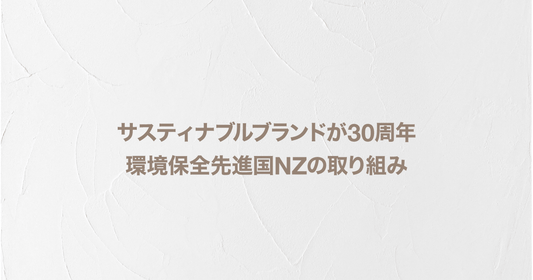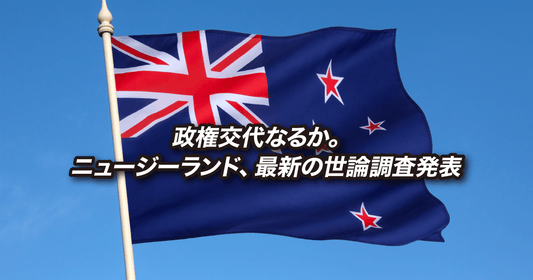
Japan is currently experiencing a shortage of eggs due to the effects of avian influenza. Along with rising animal feed prices, the increase in prices is having a direct impact on household finances.
In fact, egg shortages and price hikes are also occurring in New Zealand. However, the reasons seem to be different from those in Japan, and the price hikes are much larger than in Japan.
Let's also take a look at a law that was enacted 10 years ago, which is part of the cause of the egg shortage.
Egg prices double in five years
This is a classic New Zealand dessert , "Custard Squares." It is made by putting a generous amount of firm custard between puff pastry and cutting it into squares. This dessert, which uses a lot of eggs, may disappear from cafe menus.
The cheapest eggs currently sold in New Zealand are about 550 yen per pack. Free-range eggs cost more than 850 yen per pack. The price of eggs has doubled in the past five years. The rise in egg prices is due to a shortage of egg-laying hens and rising breeding costs.
To be self-sufficient in eggs, New Zealand needs 38 million layer hens, but currently has only 35 million.
The main reason for this shortage of laying hens and eggs is the ban on raising them in battery cages that came into effect this year.
Battery cages banned
A "battery cage" is a breeding device that allows chickens to lay more eggs cheaply, and is a type of cage that is commonly used in Japan.
Battery cages are devices that confine chickens in a very small space and make them lay more eggs than they would normally, in poor conditions, and have been viewed as problematic in recent years from the perspective of animal welfare. Battery cages have been banned in the EU since 2012, and New Zealand also decided in 2012 to ban them by 2022.
Over the past decade, chicken farms have switched to colony cages, rearing sheds, or free-range rearing, which are considered preferable to battery cages. Regardless of the rearing method, these require more space than battery cages, which means fewer chickens are kept. In addition, due to the impact of COVID-19, many chicken farms are choosing to close without transitioning from battery cages, exacerbating the egg-laying hen shortage.
In addition to the soaring costs of raising chickens, various expenses have been rising due to the recent inflation, and the price of eggs is continuing to rise unstoppably.
Although there was a 10-year transition period, many poultry farms are still lacking in facilities and are unable to expand breeding. The egg-laying hen shortage is expected to continue for another four to six months.
All eggs are cage-free
As of December last year, 34% of New Zealand's livestock were kept in cages, 29% in sheds, 33% in colony cages, and 10% in battery cages. Although all battery cages were abolished in January this year, colony cages are still in use.
In response to consumer demand, major supermarkets are aiming to stop selling eggs from caged farms by 2027. Some major supermarkets have also stated that they will switch to all cage-free eggs by 2025.
There are also growing calls for the country to ban caged animals. New Zealand already has strict penalties for cruelty to wild and captive animals. It seems likely that interest in the idea of animal welfare for livestock animals will continue to grow among the public.





